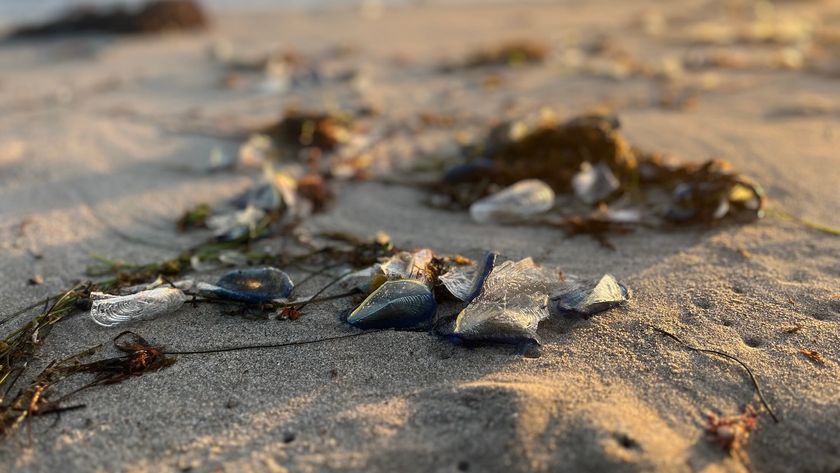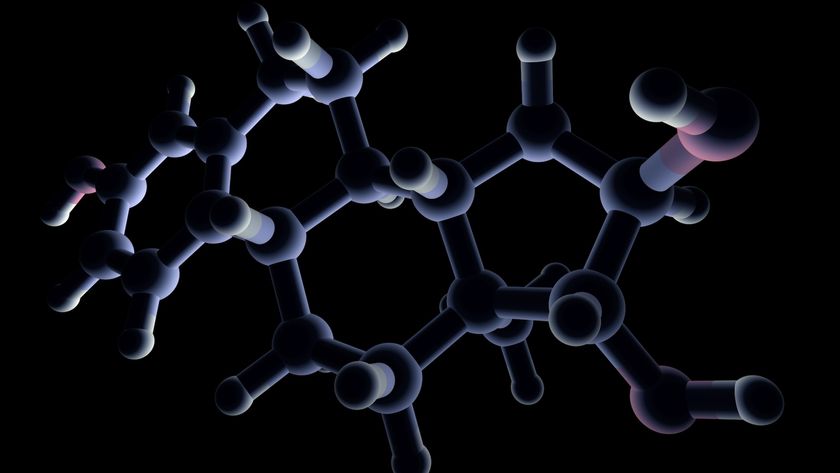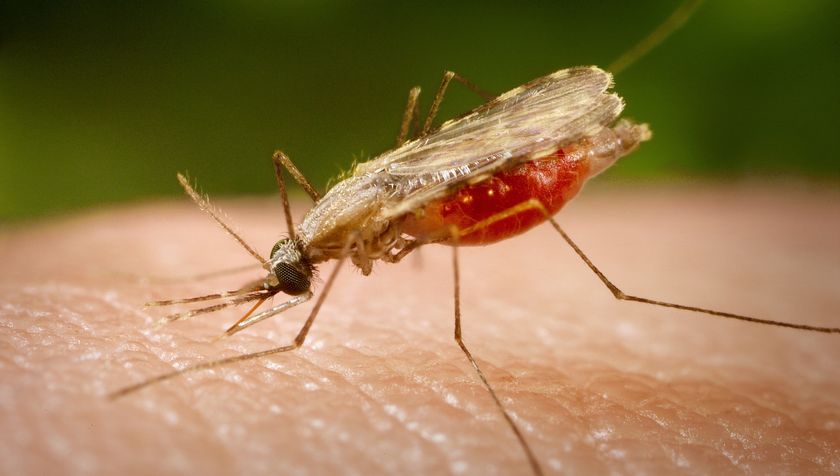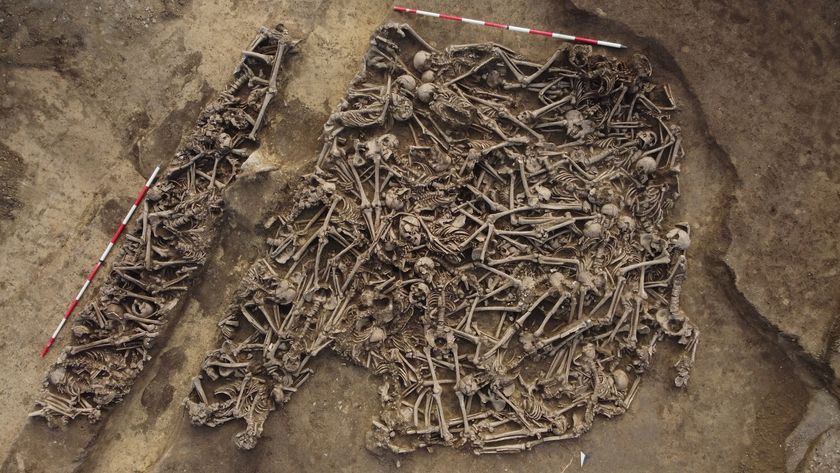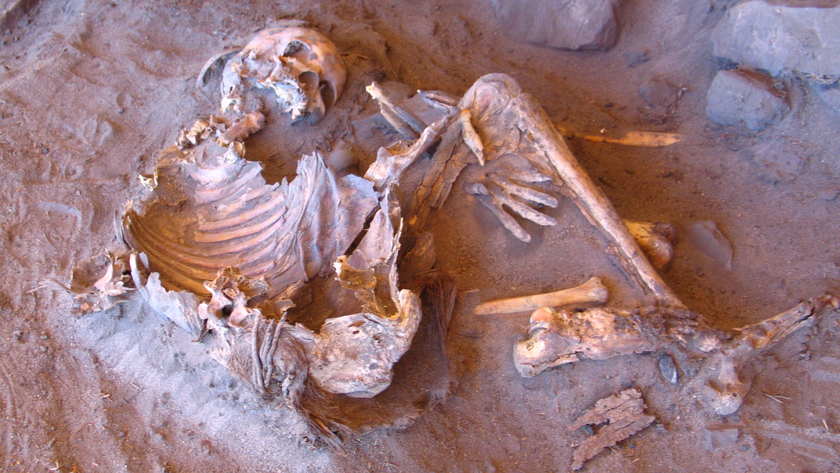Lost biblical tree resurrected from 1,000-year-old mystery seed found in the Judaean Desert
Scientists have grown an ancient seed from a cave in the Judaean Desert into a tree — and it could belong to a locally-extinct species with medicinal properties mentioned several times in the Bible.
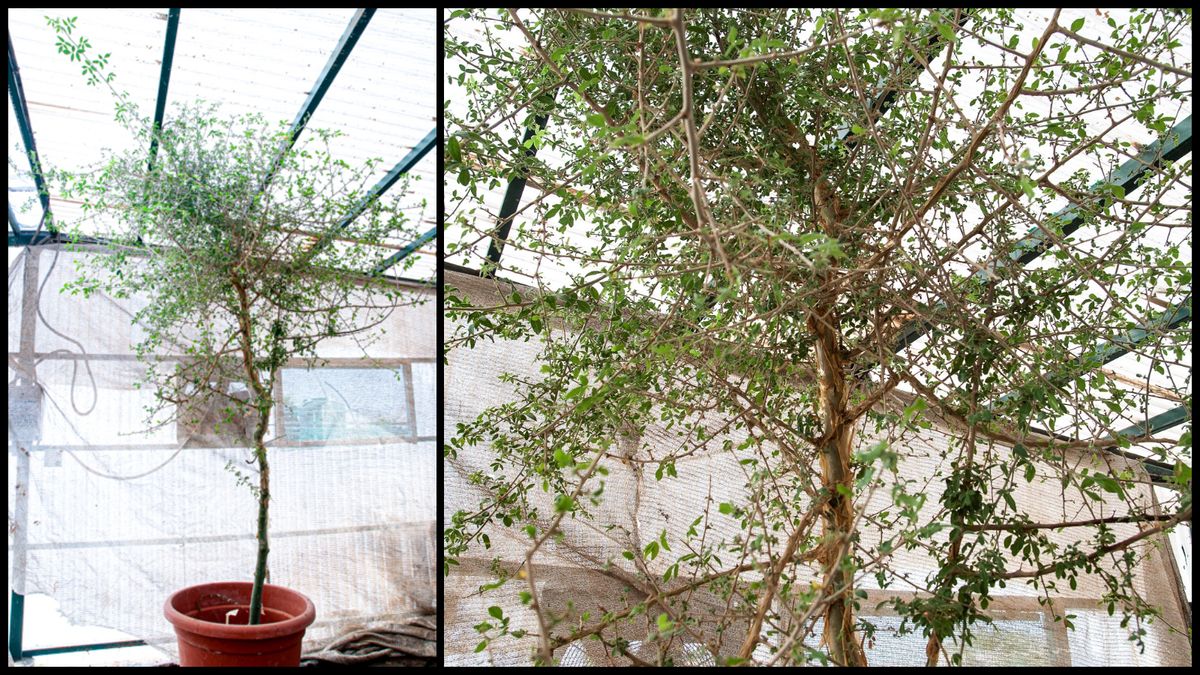
Scientists have revived a mysterious, 1,000-year-old seed discovered in the Judaean Desert — and the tree that has grown from it could belong to a lost lineage mentioned in the Bible, they say.
It has taken researchers almost 14 years to grow a tree from the ancient seed, which archaeologists excavated from a cave in the late 1980s. Dubbed "Sheba," the cryptic specimen now stands around 10 feet (3 meters) tall, meaning scientists can finally describe its fully-fledged characteristics. They were also able to perform DNA, chemical and radiocarbon analyses of the tree, revealing new clues about its origins, according to a study published Sept. 10 in the journal Communications Biology.
The seed from which Sheba grew dates to between A.D. 993 and 1202, according to the study. It likely survived from a now-extinct population of trees that existed in the Southern Levant, a region comprising modern-day Israel, Palestine and Jordan, and is the first of its kind to be found there.
Remarkably, researchers say the fully-grown specimen could be the source of Biblical "tsori" — a resinous extract associated with healing in Genesis, Jeremiah and Ezekiel.
"The identity of Biblical 'tsori' (translated in English as 'balm') has long been open to debate," the researchers, who were led by Dr. Sarah Sallon from the Hadassah Medical Centre in Jerusalem, Israel, wrote in the study. The substance is linked with the historical region of Gilead, which sits to the east of the Jordan River between the Yarmuk River and the northern end of the Dead Sea. Now, having revived Sheba, the team thinks it has finally unraveled the mystery behind Biblical tsori.
Related: 'Living fossil' tree frozen in time for 66 million years being planted in secret locations
The researchers identified Sheba as belonging to the genus Commiphora, which sits within the myrrh and frankincense family (Burseraceae) and comprises roughly 200 living plant species. Commiphora plants are mainly found across Africa, Madagascar and the Arabian Peninsula. It remains unclear what species Sheba belongs to, because the tree has not flowered, and therefore hasn't produced the reproductive material scientists need to carry out more detailed analyses.
Sign up for the Live Science daily newsletter now
Get the world’s most fascinating discoveries delivered straight to your inbox.
What does appear clear, however, is that Sheba is closely related to three Commiphora species — C. angolensis, C. neglecta and C. tenuipetiolata — found in southern Africa.
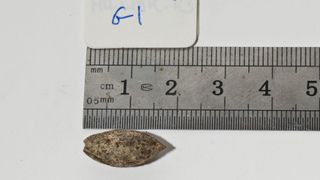
The tree has much weaker ties to Commiphora species that produce fragrant resins, such as C. gileadensis, which some researchers believe to be the historical source of a prized perfume and incense called "Judaean Balsam" or "Balm of Gilead" in antiquity. But there are doubts about the plant behind the ancient balsam.
"Our initial hypothesis was that 'Sheba' might be a candidate for the historical 'Judaean Balsam,'" the researchers wrote in the study, but the tree's lack of aromatic compounds led them to refute this idea. Instead, their analyses showed that Sheba has a plethora of medicinal properties, which alongside other factors — including the location in the northern Judaean Desert where the seed was found — suggests the tree could be the origin of Biblical tsori.
Chemical analysis of Sheba's leaves and resin revealed the tree is rich in pentacyclic triterpenoids, which are biologically active compounds with anti-inflammatory and anti-cancer properties. The leaves and stems were also high in squalene, a natural, oily substance with antioxidant and skin-smoothing properties, according to the study. Further work is needed to identify another compound with potential anti-cancer benefits in the tree's tissues, the researchers noted.
"We believe these findings support our second hypothesis, that 'Sheba' … may represent an extinct (or at least extirpated) [lineage] once native to this region, whose resin 'tsori' mentioned in Biblical texts was valuable, associated with healing but not described as fragrant," they wrote.
Meanwhile, the search for the source of historic Judaean Balsam continues. "If Judaean Balsam survives today as an extant Commiphora species there remains the possibility that scientists have not yet recognized it," the researchers wrote.
Editor's Note: This article was updated Sept. 30 at 10:25 ET to replace incorrect credits on images and include the name of the study's lead author and their institution.

Sascha is a U.K.-based staff writer at Live Science. She holds a bachelor’s degree in biology from the University of Southampton in England and a master’s degree in science communication from Imperial College London. Her work has appeared in The Guardian and the health website Zoe. Besides writing, she enjoys playing tennis, bread-making and browsing second-hand shops for hidden gems.


